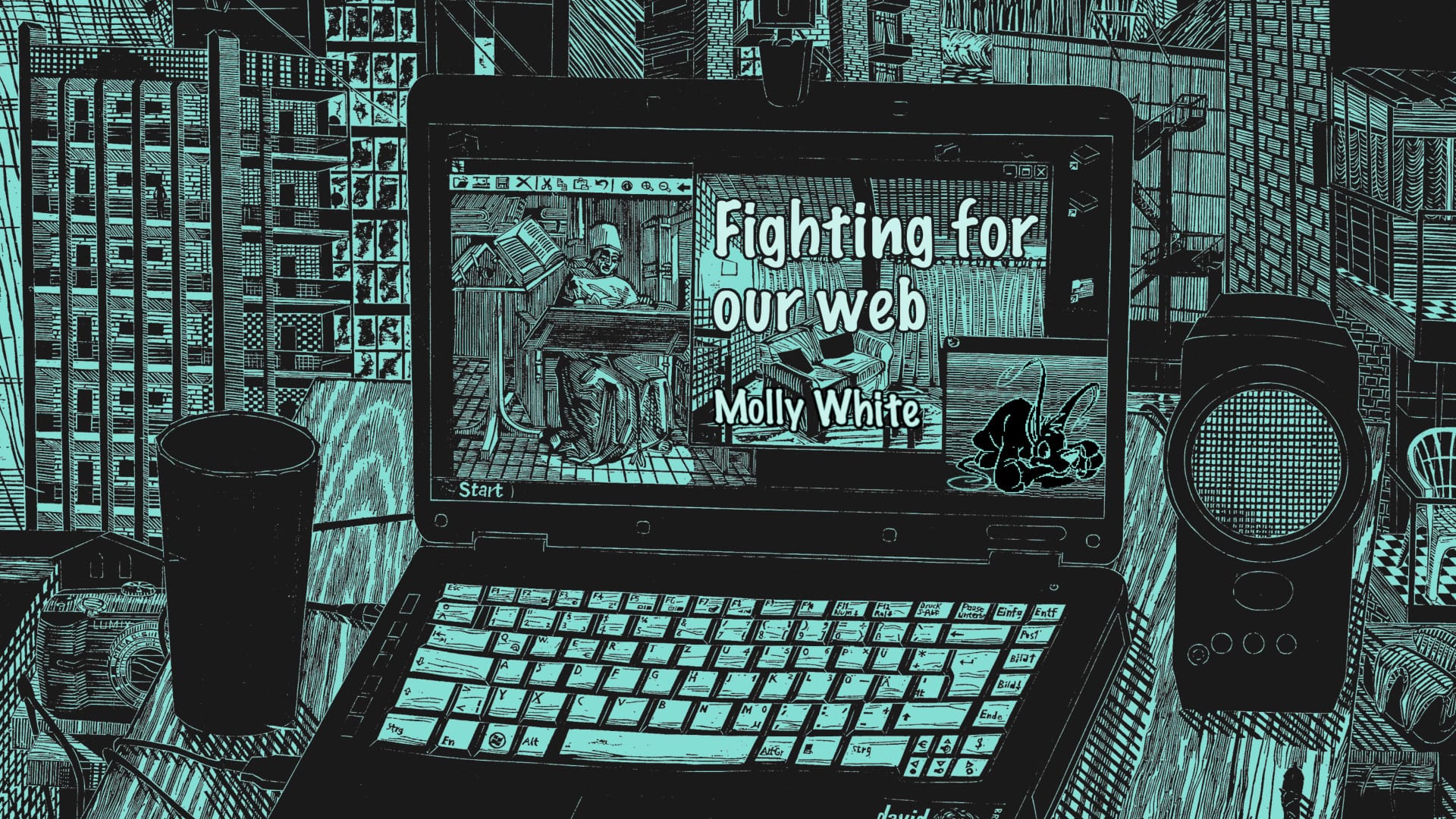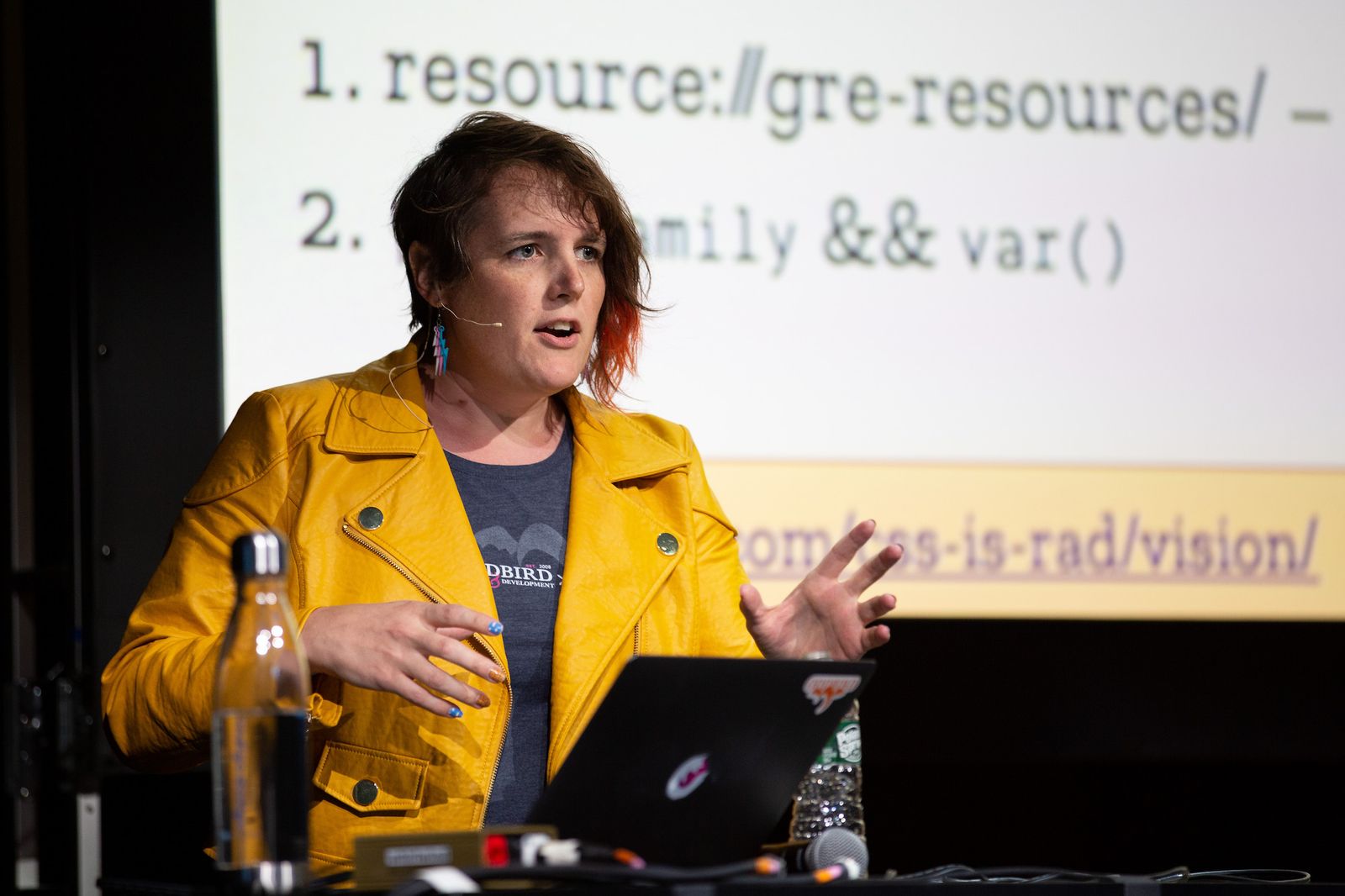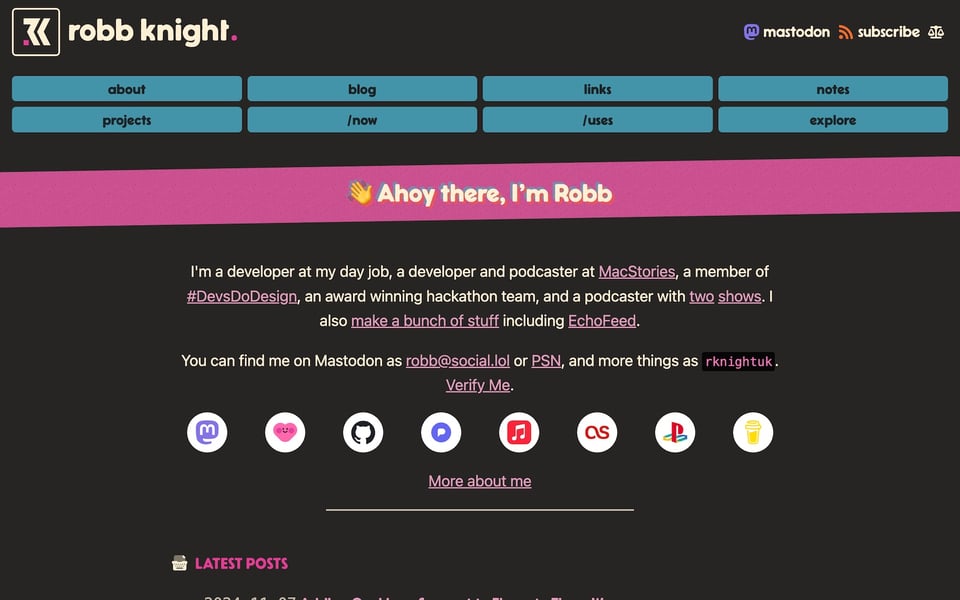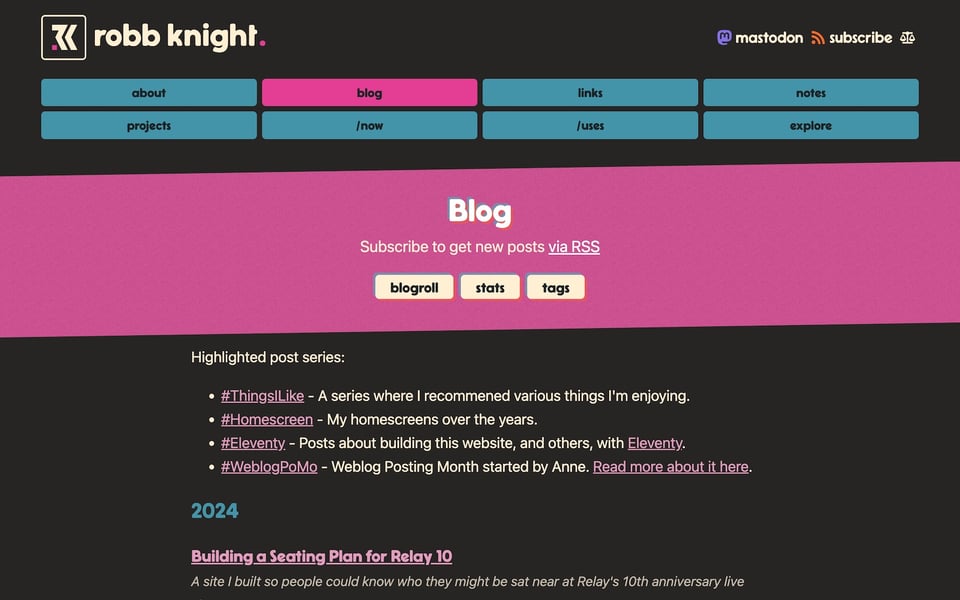Hi All! 🤗
For the summer holidays, my family and I went to France. On our way to the Atlantic Ocean, we shortly stopped in Chartres, a lovely town southwest of Paris, which is famous for its monumental and impressively beautiful cathedral. On the way back, we visited Paris and climbed up the stairs (well done, kids!) of one of the world’s most famous monuments: the Eiffel Tower.
Although built in entirely different eras and over radically different time periods, both buildings leave you thunderstruck by the architectural ingenuity, aesthetic mastery, and visionary boldness that went into their creation. But the two masterpieces also share another interesting similarity: they are both constantly under construction.
Notre-Dame de Chartres was originally built in the 13th century. Over time, new parts were added to the Gothic structure of the cathedral, while other parts – like the entire roof or the north spire, for example – got destroyed by fire and had to be reconstructed and rebuilt. And as is the case with all historical monuments, the ravages of time also demand that things like the facade or the infamous stained glass windows are constantly being repaired and restored.
The same is true for the Eiffel Tower. Constructed as the centerpiece of the 1889 World's Fair and completed after only two and a half years, the tower was originally supposed to stand for only about 20 years. Well, time had other plans and thus, the giant metal structure had to be repainted every seven years with 60 tons of paint to prevent it from rusting.
Pondering about the cathedral of Chartres and the Eiffel Tower, I couldn’t help but notice a parallel to the Web and all our personal websites. Just like those two buildings, our websites are also constantly under construction. We might add new parts over time or abandon the areas and experiments that didn’t work as expected. And if we don’t take good care of our sites, they will quickly be out of date, gradually decay, and eventually even stop working. And, from time to time, we might also want to add a fresh coat of paint to our little home on the Web.

In the days of the early Web, when everyone connected to the internet with screeching modems and started creating their own little corners on sites like GeoCities, people regularly added “under construction” signs to their sites. They came in all sizes and forms, large and small, as static images or gloriously animated GIFs. And they all conveyed to visitors: bear with me, but this area of the site is not done yet.

Today, we rarely see those under construction signs anymore. (Should we bring them back?) Maybe it’s because we all now know that constant change is ingrained in the medium. But at a time when everyone seems to be chasing the ghosts of productivity, efficiency, and perfection, it is also healthy and important to remember that a website which is always under construction isn’t a failure. Quite the contrary! It’s a space that's alive and constantly evolving. It’s an invitation to be creative, to try out new technologies, and to tinker with all the things we can’t experiment with in our day jobs. It’s an opportunity for growth.

So don’t beat yourself up if your site is a work in progress. Don’t hesitate to add new features to your site, rebuild the parts that could be improved, or give the design of your site a little update here and there. This is part of what still makes the Web so endlessly exciting and fun: every website can always be adjusted and improved. Every website, your website, is a unique journey and can be a little masterpiece in the making.

Links
Here’s another mixed bag of links. Please let me know how you like them! And if you can think of someone who would enjoy reading this newsletter today, feel free to forward along. Thank you!
Fighting for our web
At XOXO festival, Molly White gave a beautiful talk about the important fight for our web, and how we can all play a part in it. Because it has never been easier to do cool things on the Web.

Fighting for our web
A talk from XOXO
Cabel Sasser, Panic - XOXO Festival
At first, I just wanted to include Molly’s XOXO talk in this issue. But then I watched Panic co-founder Cabel Sasser speak about McDon… wait, no spoilers. Just watch this talk. And watch it until the very end. Mind-blowing!
Flexible Typesetting is now yours, for free
It’s one of the best books on typography I’ve ever read, and it's unparalleled in its approach to flexible, multidimensional typesetting for the Web. Now, after A Book Apart closed its doors, Tim Brown is giving away Flexible Typesetting for free. A must-read!
👉 https://tbrown.org/notes/2024/10/26/flexible-typesetting/
Coming home
Mandy Brown with a beautifully written, thoughtful essay about what it means to write and publish on your own website, a home that is so different from the distracting streams of social networks, a container that can hold your work in the way you want to shape it – and why that shaping, that friction, that tension and effort required to work things out is an essential part of the work.

Coming home | A Working Library
Into the gap.
Aggregating my distributed self
Structuring and shaping the content on your site can be just as challenging as publishing it in the first place. And more often than not, we also want to reference and archive content that might originally exist elsewhere. In this post, which is part of a redesign blog post series, Miriam looks at the various types of content on her site and how and where she wants to aggregate those pieces of her distributed self, asking a lot of interesting (open) questions along the way.

Aggregating my distributed self | Miriam Eric Suzanne
Where does all this content belong?
Blog Posts vs. Social Posts
Jim Nielsen on the lifespan of social vs blog posts: “Whereas the inertia for a social post quickly losses steam as the algorithm prioritizes novelty, blog posts slowly build steam as backlinks are planted all over the internet driving a long tail of attention. […] Social posts die with the passage of time, whereas blog posts gain life from it!”
👉 https://blog.jim-nielsen.com/2024/blog-vs-social-posts/
Protocol Wars - The Fediverse Explained!
In this amazing and expertly researched episode of the Waveform Podcast, MKBHD and team dive deep into the origins of three of the leading social networks and the protocols they run on – Mastodon and Threads with ActivityPub and Bluesky with the AT protocol. By far the best explanation of the Fediverse, including interviews with many of the key figures involved, that I have yet come across.
✨ Personal Site of the Week 🎙️
Robb Knight == https://rknight.me/
Robb Knight is a developer and podcaster whom you might know from Mastodon or one of his many side projects like the incredibly useful cross-posting tool EchoFeed or Slash Pages, a list of common pages you can add to your website. Robb’s site, which is built with Eleventy, features a blog as well as links, notes, and many more pages and it is also a textbook example of a site that is constantly under construction. Robb is continuously adding and improving the features of his site – and always blogging about it.




And that’s it for today. How did you like this issue? Which one of the links was your favorite? What do you want more or less of? Do you have any other suggestions on how to improve this newsletter? Hit reply now and let me know.
Cheers! ☀️
– Matthias
